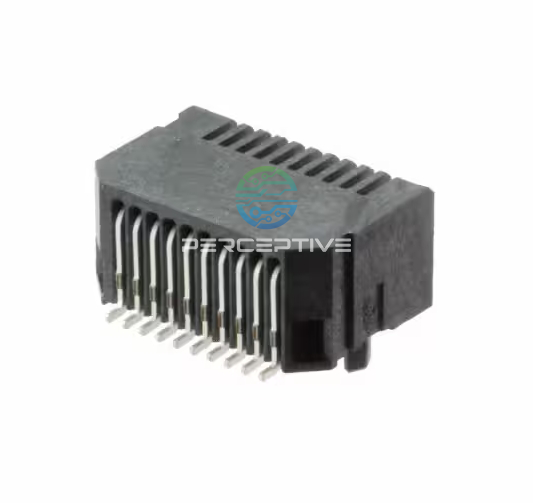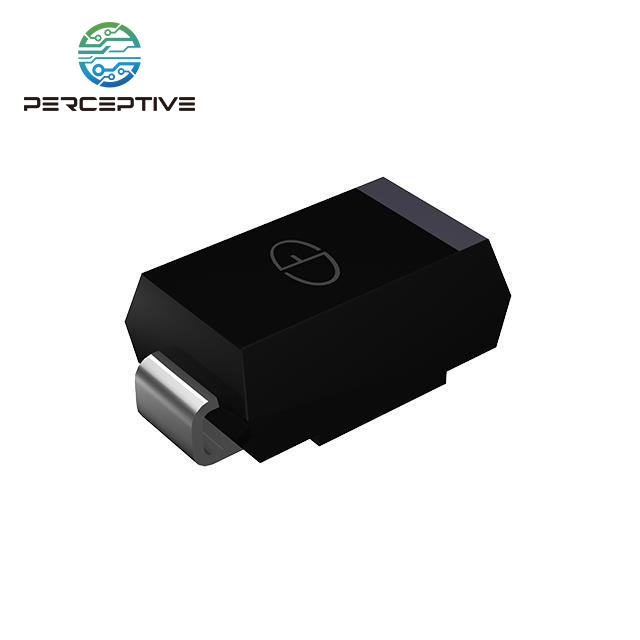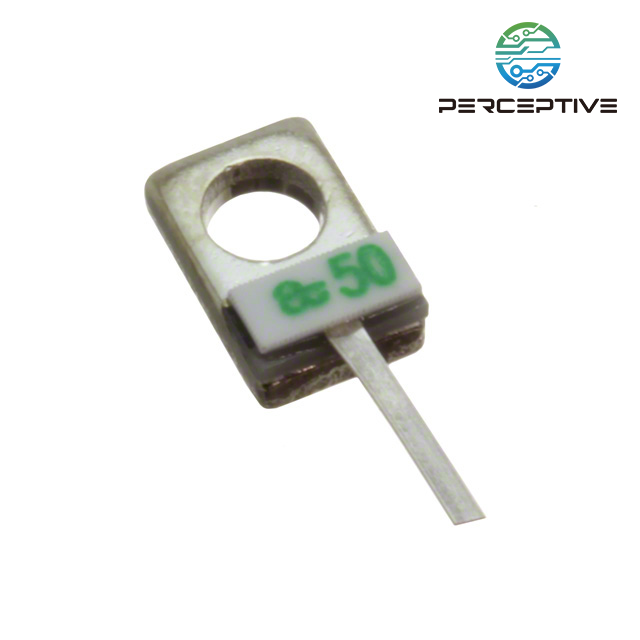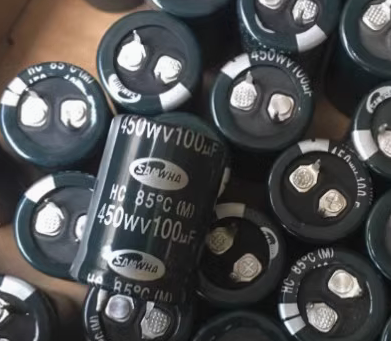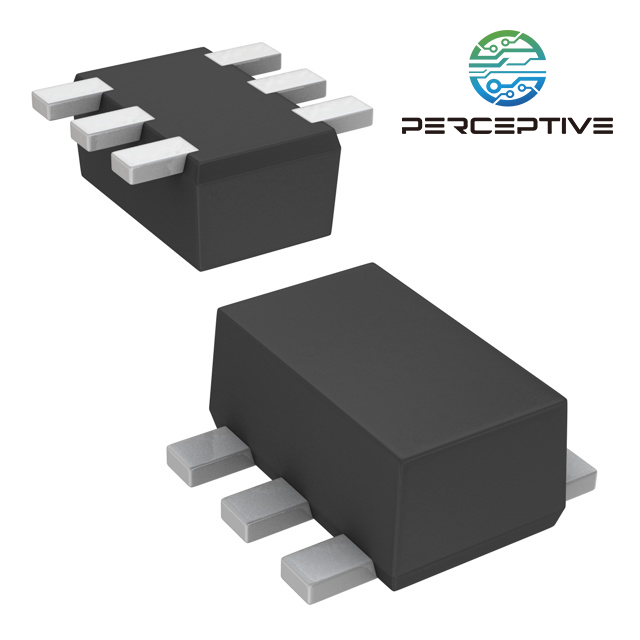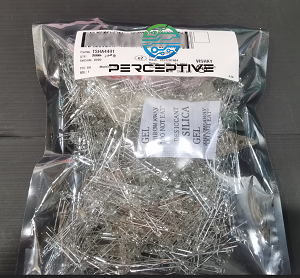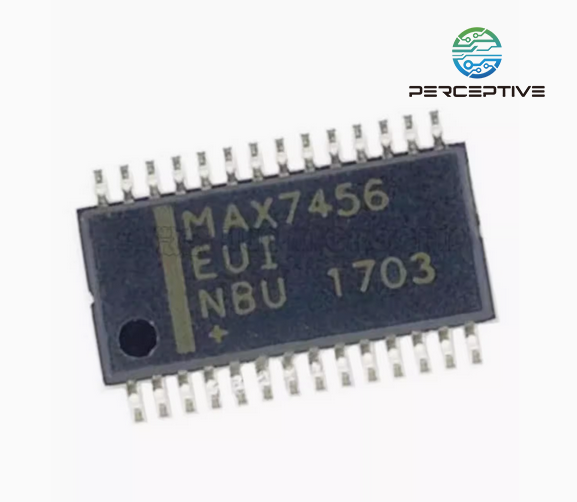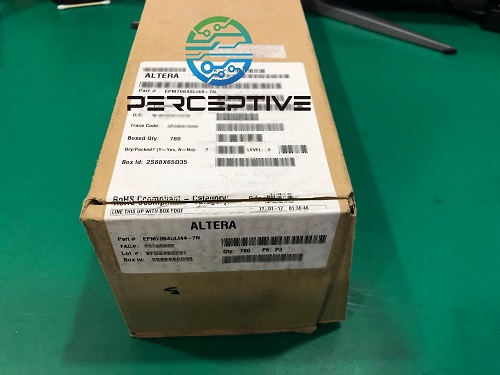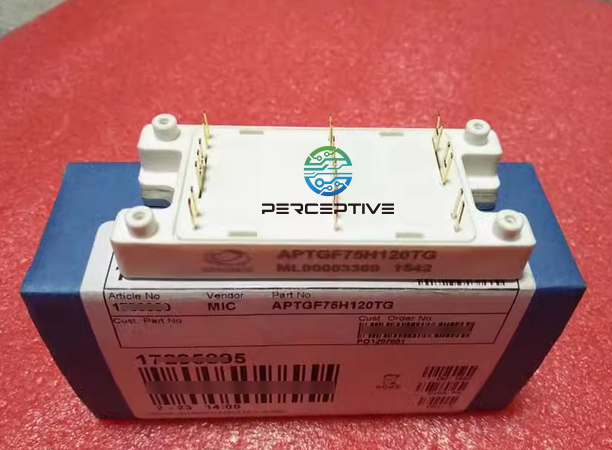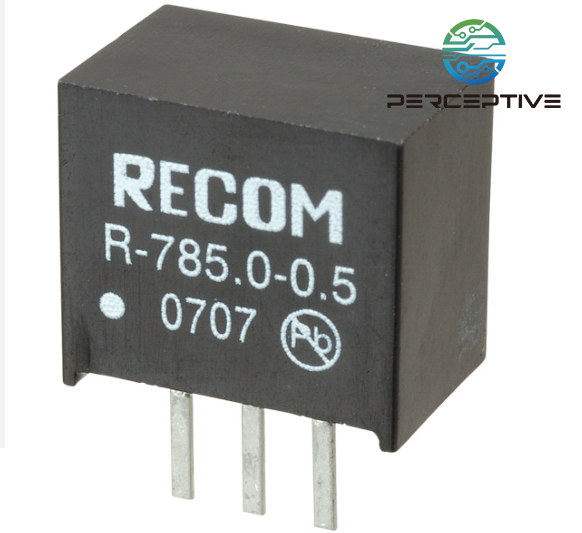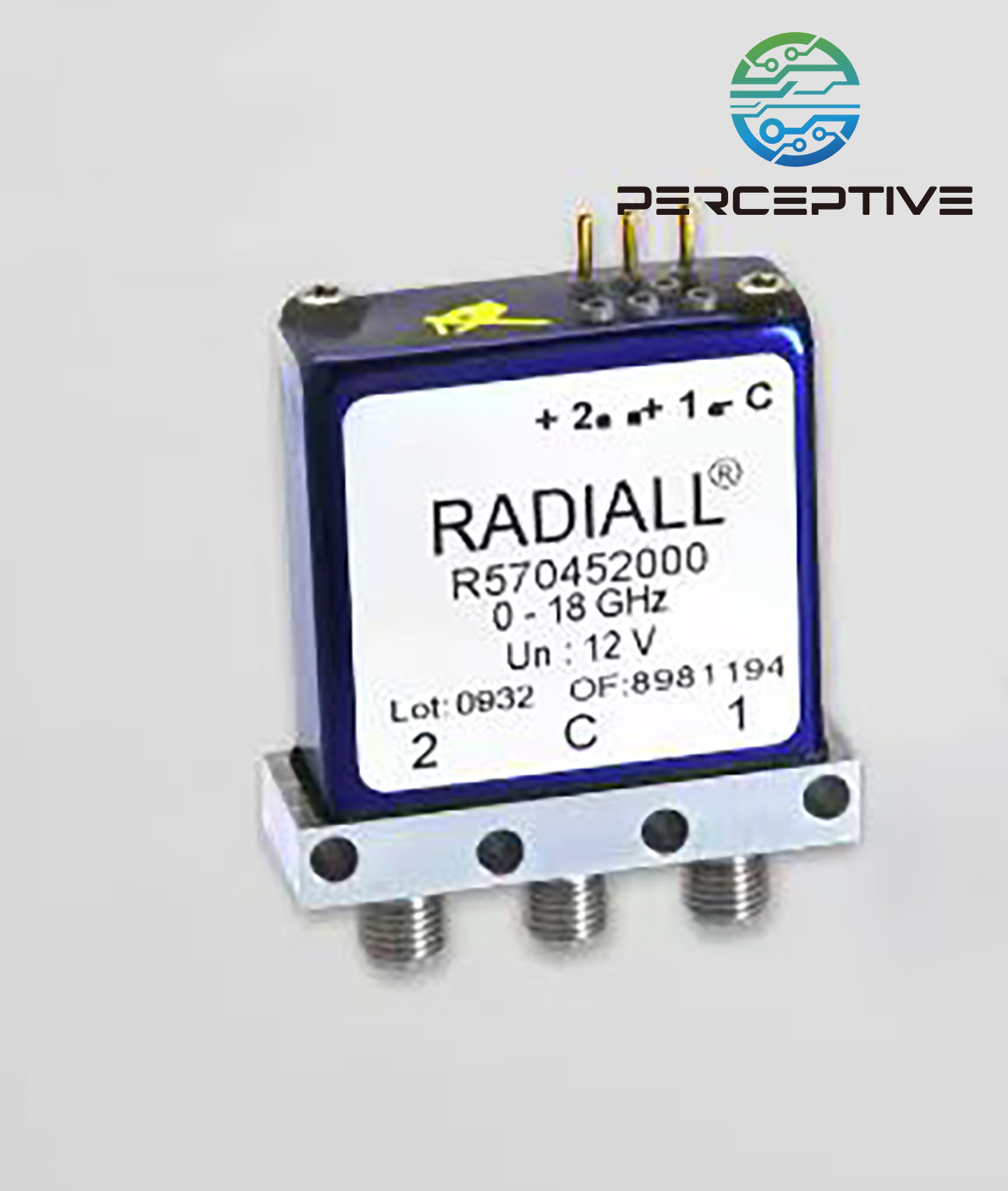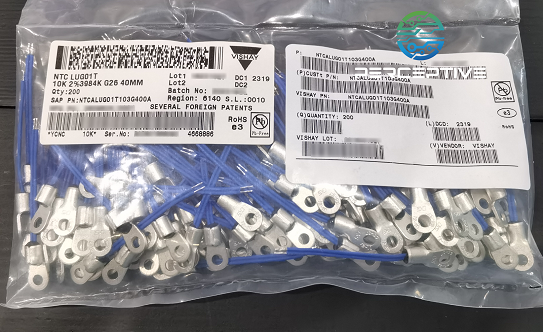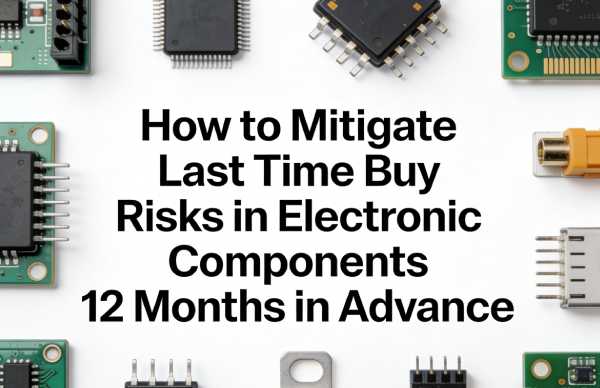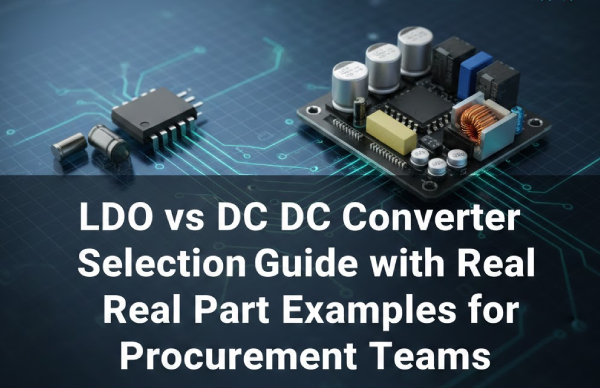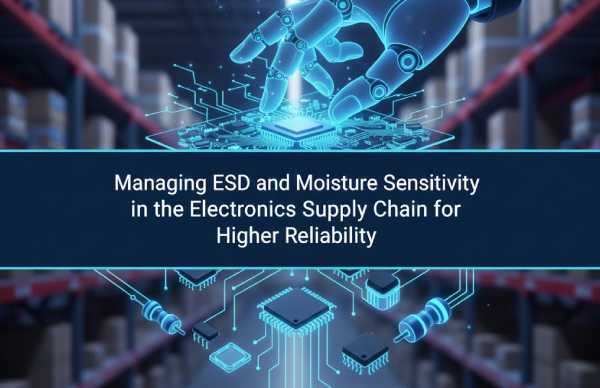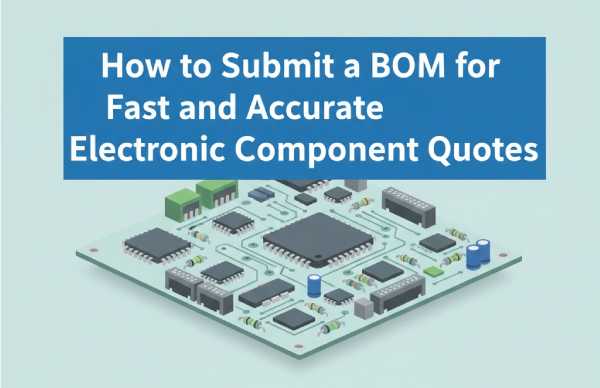In today's electronics industry, demand is shifting from large blanket orders to small-quantity and multi-batch requests. These orders, often linked to prototyping, NPI, and flexible production, create both challenges and opportunities for distributors. Those who manage them well can gain customer trust and long-term business.
Why Small-Batch and Multi-Batch Demand Matters
The global supply chain disruptions of recent years have taught manufacturers and engineers to prioritize flexibility. Instead of committing to large orders upfront, many now prefer smaller, repeated batches that reduce risk and give them the agility to adjust specifications as projects evolve.
For distributors, however, this creates new pressures. Frequent low-volume orders raise handling costs, complicate inventory planning, and increase fulfillment complexity. Yet ignoring this demand is not an option — small orders are often the starting point of much larger production contracts. A distributor that supports customers during the early stages of development is more likely to secure future volume business.
Practical Strategies to Serve Small-Batch, Multi-Batch Needs
1. Kitting and Project-Specific Bundles
One of the most effective solutions is to treat kits as a product in their own right. By bundling exact quantities of components into project-specific kits, distributors reduce repetitive picking, simplify reorders, and help customers avoid line downtime. Offering both one-time prototype kits and recurring production kits ensures flexibility across different stages of a project.
2. Flexible Minimum Order and Pricing Models
Traditional rigid minimum order quantities (MOQs) often discourage small customers. A better approach is "MOQ pooling", where multiple small-batch orders are consolidated into one purchase lot. Customers benefit from lower entry barriers, while distributors still achieve procurement efficiency. Pairing this with transparent micro-pricing models ensures profitability without alienating small-volume buyers.
3. Vendor-Managed and Consignment Inventory
Another option is to offer co-managed inventory programs. Under a vendor-managed inventory (VMI) or consignment model, the distributor stocks parts closer to the customer and invoices only when they are used. This reduces customer risk and ensures quick availability, while giving the distributor predictable recurring demand and higher service stickiness.
4. Automation in Quoting and Order Management
Technology can significantly reduce the overhead of handling micro-batches. Online portals that allow customers to upload BOMs, split lots, and receive automated blended quotes streamline the entire process. Automated workflows shorten sales cycles and reduce manual intervention, freeing sales teams to focus on strategic accounts.
5. Data-Driven Inventory Planning
Analytics play a crucial role in small-batch demand. By segmenting parts based on frequency of demand and volatility, distributors can decide which items to stock, which to kit, and which to source on demand. Tracking specific metrics such as handling cost per order, repeat order frequency, and conversion from prototype to production helps refine pricing and stocking strategies.
6. Operational Flexibility and Visibility
Packaging and labeling also matter when handling small quantities. Standardizing packaging for surface-mount (tape & reel) and through-hole parts, offering partial release shipments, and providing real-time visibility on inventory and lead times all improve customer trust. Customers want confidence that even their smallest orders will be fulfilled reliably.
Best Practices
While operational improvements are critical, how a distributor frames its small-batch services also influences success:
Charge a transparent handling or kitting fee rather than inflating per-unit pricing. Customers accept small, predictable fees if the value is clear.
Consider offering subscription-style credits for high-volume prototyping customers, bundling kitting and expedited shipping.
Use small-batch services as a customer acquisition channel. Early-stage prototype orders may be low-margin, but they open the door to high-volume production opportunities.
Measuring Success
Distributors should evaluate performance using both operational and strategic KPIs. Important metrics include fill rates for small batch orders, average handling cost per kit, repeat order rates within 90 days, and inventory days of supply for long-tail components. Beyond short-term revenue, the most valuable measure is how many production contracts can be traced back to initial small-batch or prototype orders.
Conclusion
Handling small-quantity and multi-batch requests effectively requires more than simply fulfilling orders — it demands a structured approach that combines operational discipline, flexible commercial models, and data-driven decision-making. By embracing kitting, vendor-managed inventory, digital automation, and transparent pricing, distributors can not only meet current customer expectations but also secure long-term business growth.
At Perceptive Components, we recognize that supporting customers through their early-stage and small-batch needs is an investment in future success. By making small orders simple, efficient, and transparent, we help our customers move from prototype to production with confidence — and position ourselves as a trusted partner throughout their product lifecycle.

